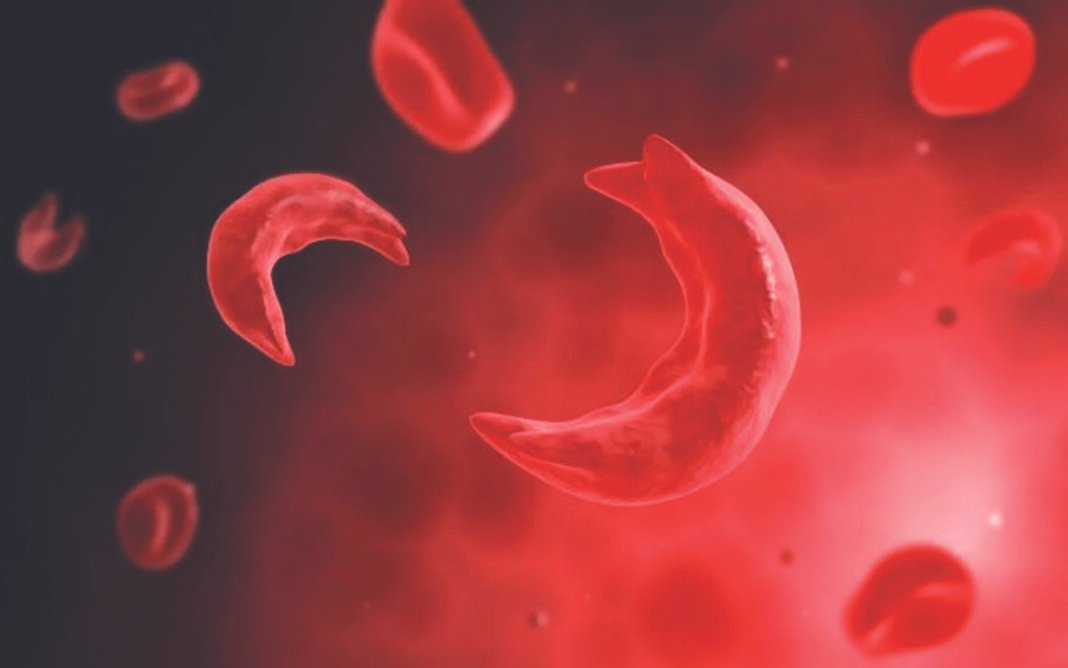NEW DELHI, June 27: More than 20 lakh people from tribal areas have been screened since we started the sickle cell anaemia project eight years back, said CSIR’s Director General Nallathamby Kalaiselvi, terming it among the institute’s more successful missions.
Introduced in the Union Budget 2023 and launched in July the same year, the ‘National Sickle Cell Anaemia Elimination Mission’ is aimed at eliminating the blood disease from the country by the end of 2047.
The genetic disorder affects red blood cells, making them sickle-shaped, instead of the usual round one. Common symptoms include acute painful episodes, blocking of blood vessels and possible organ damage.
Speaking to PTI Videos, Kalaiselvi, who is also the Secretary of Department of Scientific and Industrial Research, said, “While the country started talking about sickle cell anaemia only three years back, Council of Scientific and Industrial Research (CSIR) started addressing sickle cell anaemia eight years back, thanks to the Ministry of Tribal Affairs, who gave the funding for the first five to six years.”
“It is actually one of our very visionary, successful missions, I would say,” she said.
Kalaiselvi made history when she was appointed the first woman chief of CSIR — the country’s largest research and development organisation, with 37 national laboratories and over 3,400 scientists.
She explained that the sickle cell anaemia mission was divided into three parts, first being the screening and surveillance done by the Centre for Cellular and Molecular Biology (CCMB) in Hyderabad.
“If you just see the screening and surveillance, it is a great success story for our team, headed by Dr Giriraj Chandak (at CCMB), which went to Raipur, Bilaspur and other places,” Kalaiselvi said, adding that 20 lakh people have been screened so far.
“They interacted with the tribal communities and provided counselling pre and post-marriage, before and during pregnancy, and also after child birth,” she explained.
“The second part looked at drugs and medicines that could be utilised for sickle cell anaemia. This was headed by the Indian Institute of Chemical Technology,” Kalaiselvi added.
The third part, involving genome sequencing and editing, was headed by the Institute of Genomics and Integrative Biology, New Delhi, the 58-year-old said.
Kalaiselvi said, “Now, after five to six years, we realised the great potential of coming up with a sickle cell anaemia detection kit, developed by (Chandak’s) group.”
Explaining the working of the kit, she said, “Using one drop of dried blood, you can easily understand if you have a threat of developing sickle cell anaemia… if you are a carrier or patient… or what is the severity of the condition.”
“It is going to cost even less than Rs 100, and you need not depend upon sophisticated instruments from now onwards,” she added.
Born in February, 1967, in Tamil Nadu’s Tirunelveli district, Kalaiselvi graduated with a Bachelors in Chemistry from Government Arts College in Tirunelveli. She obtained a Post Graduate Degree in Chemistry from Coimbatore’s Government Arts College and completed her PhD at Annamalai University, Chidambaram.
Kalaiselvi also talked about introducing lithium and sodium ion batteries in the consumer market.
“Thanks to the Government of India, with the ‘Production Linked Incentive’ (PLI) scheme, we have established a full-fledged facility in Chennai wherein one can produce 1,000 cylindrical lithium ion cells,” the director general said.
The PLI scheme is among the Central government’s efforts directed at positioning the country as a global manufacturing hub through innovation, efficiency and competitiveness.
Kalaiselvi also said that lithium resources have been identified in India, at least in four places, even as she desisted from naming them. (PTI)












